一、考试概述:
本次考试的阅读部分共三篇文章,均为旧题。第一篇讲了利用各种资源来解决航海计时问题。第二篇讲了沙漠化问题,探讨了沙漠化行程原因和研究。第三篇讲了不同的科学家针对睡眠进行研究,并且提出了不同的观点。
二、具体题目分析
Passage 1:
题目:航海计时
题型:段落信息配对题7 + 填空6
题号:旧题
参考文章:
Timekeeper
Invention of Marine Chronometer
A
It was, as Dava Sobel has described a phenomenon: ‘the GREatest scientific
problem of the age’. The reality was that in the 18th century no one had ever
made a clock that could suffer the GREat rolling and pitching of a ship and the
large changes in temperature whilst still keeping time accurately enough to be
of any use. Indeed, most of the scientific community thought such clock
impossibility. Knowing one’s position on the earth requires two very simple but
essential coordinates; rather like using a street map where one thinks in terms
of how far one is up/down and how far side to side.
B
The longitude is a measure of how far around the world one has come from
home and has no naturally occurring base line like the equator. The crew of a
given ship was naturally only concerned with how far round they were from their
own particular home base. Even when in the middle of the ocean, with no land in
sight, knowing this longitude position is very simple in theory. The key to
knowing how far around the world you are from home is to know, at that very
moment, what time it is back home. A comparison with your local time (easily
found by checking the position of the Sun) will then tell you the time
difference between you and home, and thus how far round the Earth you are from
home.
C
Up until the middle of the 18th century, navigators had been unable to
determine their position at sea with accuracy and they faced the huge attendant
risks of shipwreck or running out of supplies before reaching their destination.
The angular position of Moon and other bright stars was recorded in three hour
intervals of GREenwich Time. In order to determine longitude, sailors had to
measure the angle between Moon center and a given star—lunar distance—together
with height of both planets using the naval sextant. The sailors also had to
calculate the Moon’s position if seen form the center of Earth. Time
corresponding to GREenwich Time was determined using the natitical almanac. Then
the difference between the obtained time and local time served for calculation
in longitude from GREenwich. The GREat flaw in this ‘simple’ theory was-how does
the sailor know time back home when he is in the middle of an ocean?
D
The obvious and again simple answer is that he takes an accurate clock with
him, which he sets to home time before leaving. All he has to do is keep it
wound up and running, and he must never reset the hands throughout the voyage
This clock then provides ‘home time’, so if, for example, it is midday on board
your ship and your ‘home time’ clock says that at that same moment it is
midnight at home, you know immediately there is a twelve hour time difference
and you must be exACTly round the other side of the world, 180 deGREes of
longitude from home.
E
After 1714 when the British government offered the huge sum of £20,000 for
a solution to the problem, with the prize to be administered by the splendidly
titled Board of Longitude. The Government prize of £20,000 was the highest of
three sums on offer for varying deGREes of accuracy, the full prize only payable
for a method that could find the longitude at sea within half a deGREe. If the
solution was to be by timekeeper (and there were other methods since the prize
was offered for any solution to the problem), then the timekeeping required to
achieve this goal would have to be within 2.8 seconds a day, a performance
considered impossible for any clock at sea and unthinkable for a watch,even
under the very best conditions.
F
It was this prize, worth about £2 million today, which inspired the
self-taught Yorkshire carpenter, John Harrison, to attempt a design for a
prACTical marine clock.
G
During the latter part of his early career, he worked with his younger
brother James. Their first major project was a revolutionary turret clock for
the stables at Brockelsby Park, seat of the Pelham family. The clock was
revolutionary because it required no lubrication. 18th century clock oils were
uniformly poor and one of the major causes of failure in clocks of the period.
Rather than concentrating on improvements to the oil, Harrison designed a clock
which didn’t need it. In 1730 Harrison created a description and drawings for a
proposed marine clock to compete for the Longitude Prize and went to London
seeking financial assistance. He presented his ideas to Edmond Halley, the
Astronomer Royal. Halley referred him to George Graham, the country’s foremost
clockmaker. He must have been impressed by Harrison, for Graham personally
loaned Harrison money to build a model of his marine clock. It took Harrison
five years to build Harrison Number One or HI. He demonstrated it to members of
the Royal Society who spoke on his behalf to the Board of Longitude. The clock
was the first proposal that the Board considered to be worthy of a sea
trial.
H
After several attempts to design a betterment of H1, Harrison believed that
the solution to the longitude problem lay in an entirely different design. H4 is
completely different from the other three timekeepers. It looks like a very
large pocket watch. Harrison’s son William set sail for the West Indies, with
H4, aboard the ship Deptford on 18 November 1761. It was a remarkable
achievement but it would be some time before the Board of Longitude was
sufficiently SATisfied to award Harrison the prize.
I
John Hadley, an English mathematician, developed sextant, who was a
competitor of Harrison at that time for the luring prize. A sextant is an
instrument used for measuring angles, for example between the sun and the
horizon, so that the position of a ship or aeroplane can be calculated. Making
this measurement is known as sighting the object, shooting the object, or taking
a sight and it is an essential part of celestial navigation. The angle, and the
time when it was measured, can be used to calculate a position line on a
nautical or aeronautical chart. A sextant can also be used to measure the Lunar
distance between the moon and another celestial object (e.g., star, planet) in
order to determine GREenwich time which is important because it can then be used
to determine the longitude.
J
The majority within this next generation of chronometer pioneers were
English, but the story is by no means wholly that of English achievement. One
French name, Pierre Le Roy of Paris, stands out as a major presence in the early
history of the chronometer. Another GREat name in the story is that of the
Lancastrian, Thomas Earnshaw, a slightly younger contemporary of John Arnold’s.
It was Earnshaw who created the final form of chronometer escapement, the spring
detent escapement, and finalized the format and the production system for the
marine chronometer, making it truly an article of commerce, and a prACTical
means of safer navigation at sea over the next century and half.
答案:
1. E
2. A
3. I
4. D
5. B
6. H
7. B
8. home time
9. 2.8s
10. oil
11. sextant
12. sun
13. marine chronometer
(答案仅供参考)
Passage 2:
题目:How deserts are formed
题型:段落信息配对题 7 + 判断题 6
题目:新题
Passage 3:
题名:Research in sleep
题型:人名观点配对题6 + 填空7 + 选择1
题号:新题
参考答案
1-6 暂无
7. breathing eating
8. babies
9. brain temperature fall
10. brain ACTivity
11. new drug
12. vigorous exercise
13. D
以上就是长沙新东方为你带来的2017年11月25日雅思阅读解析,更多精彩敬请关注:留学频道


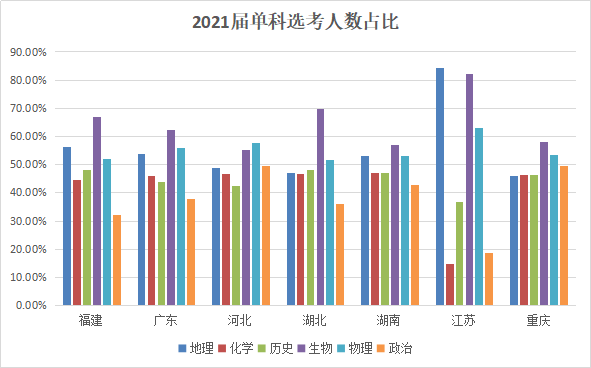









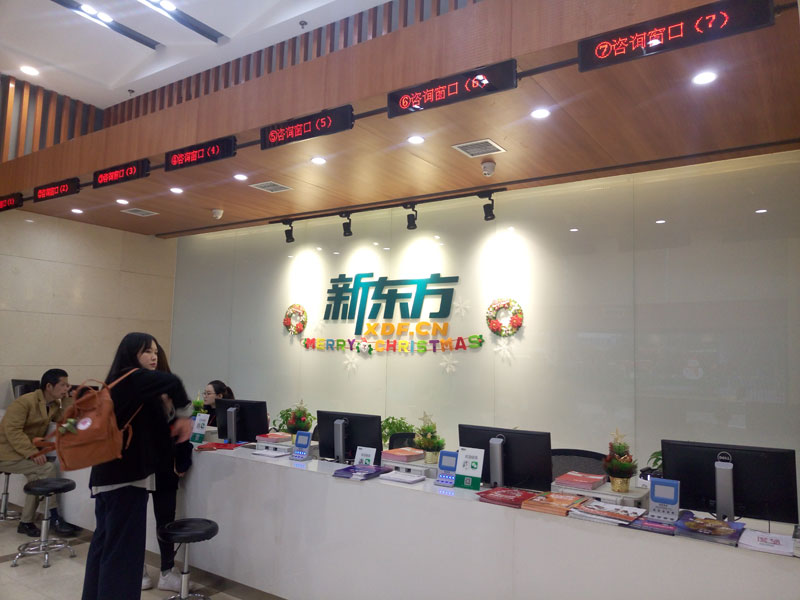
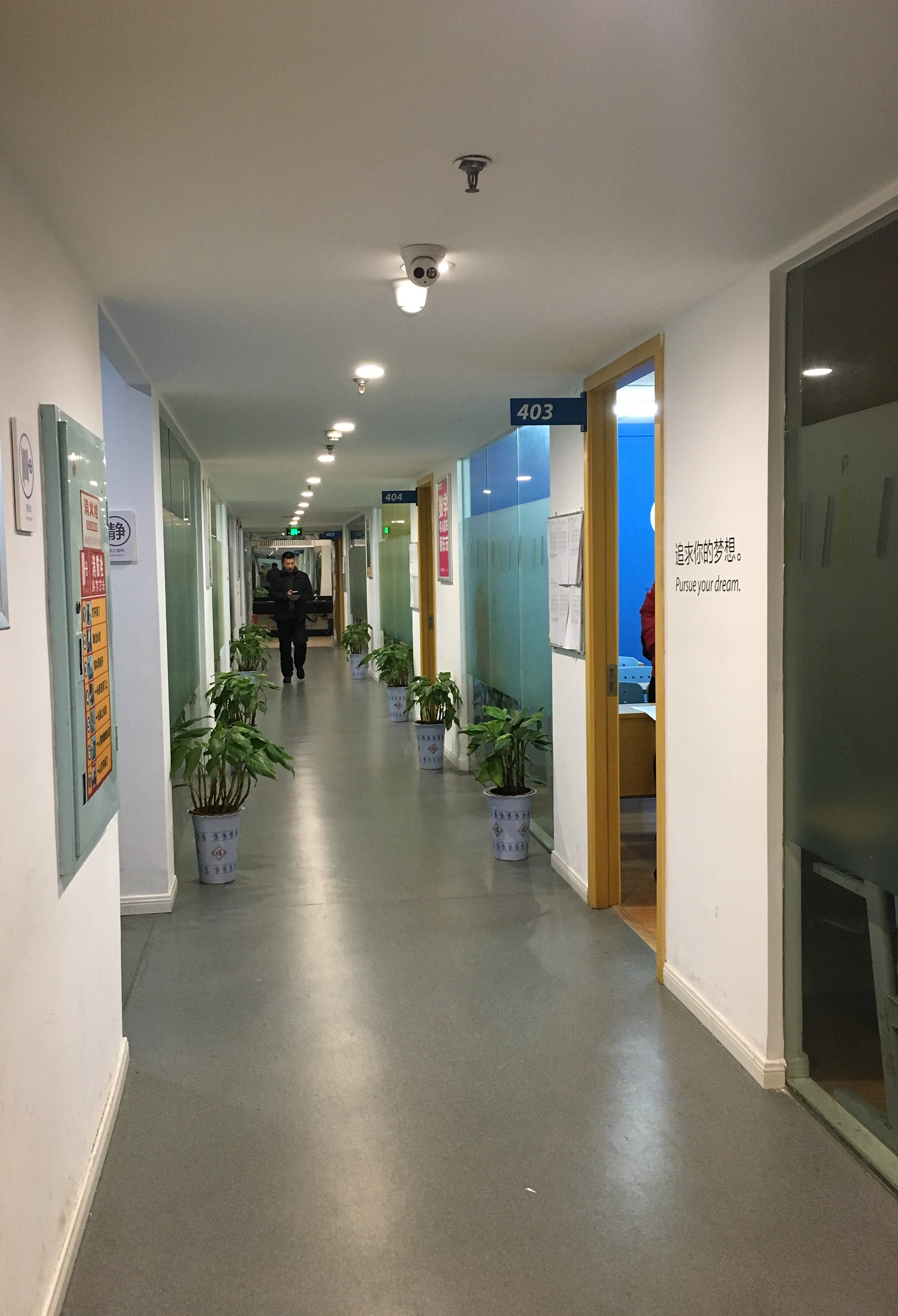
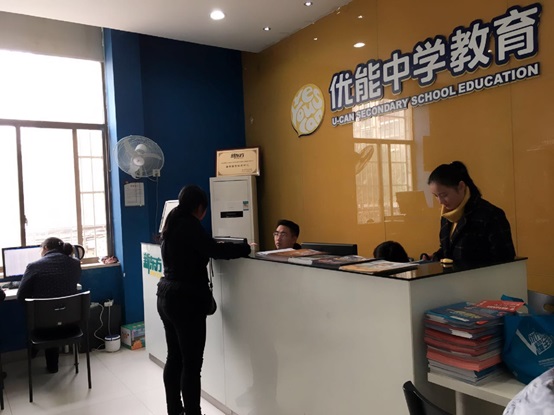
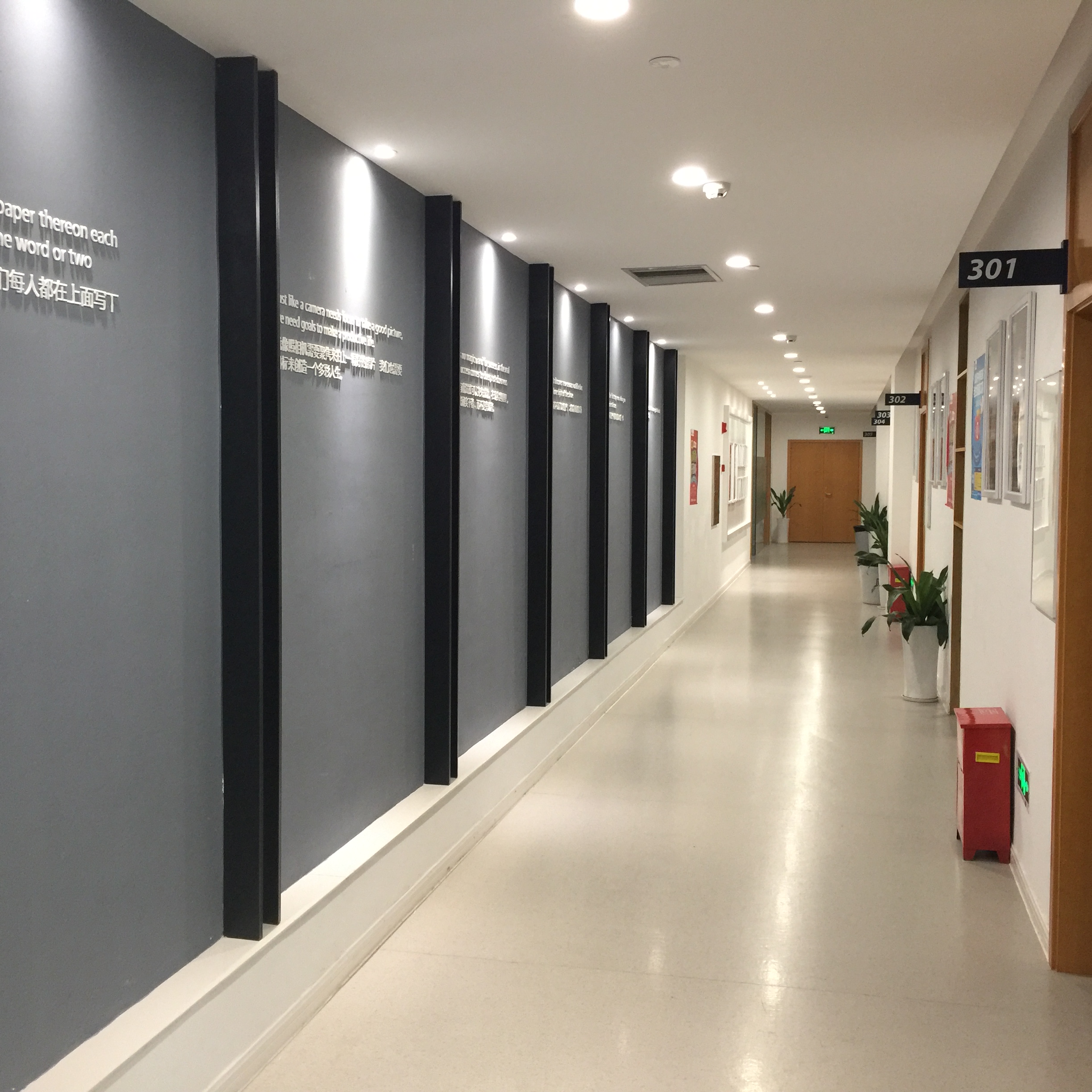





 京公网安备11010802021790号
京公网安备11010802021790号









 学习资料
学习资料
